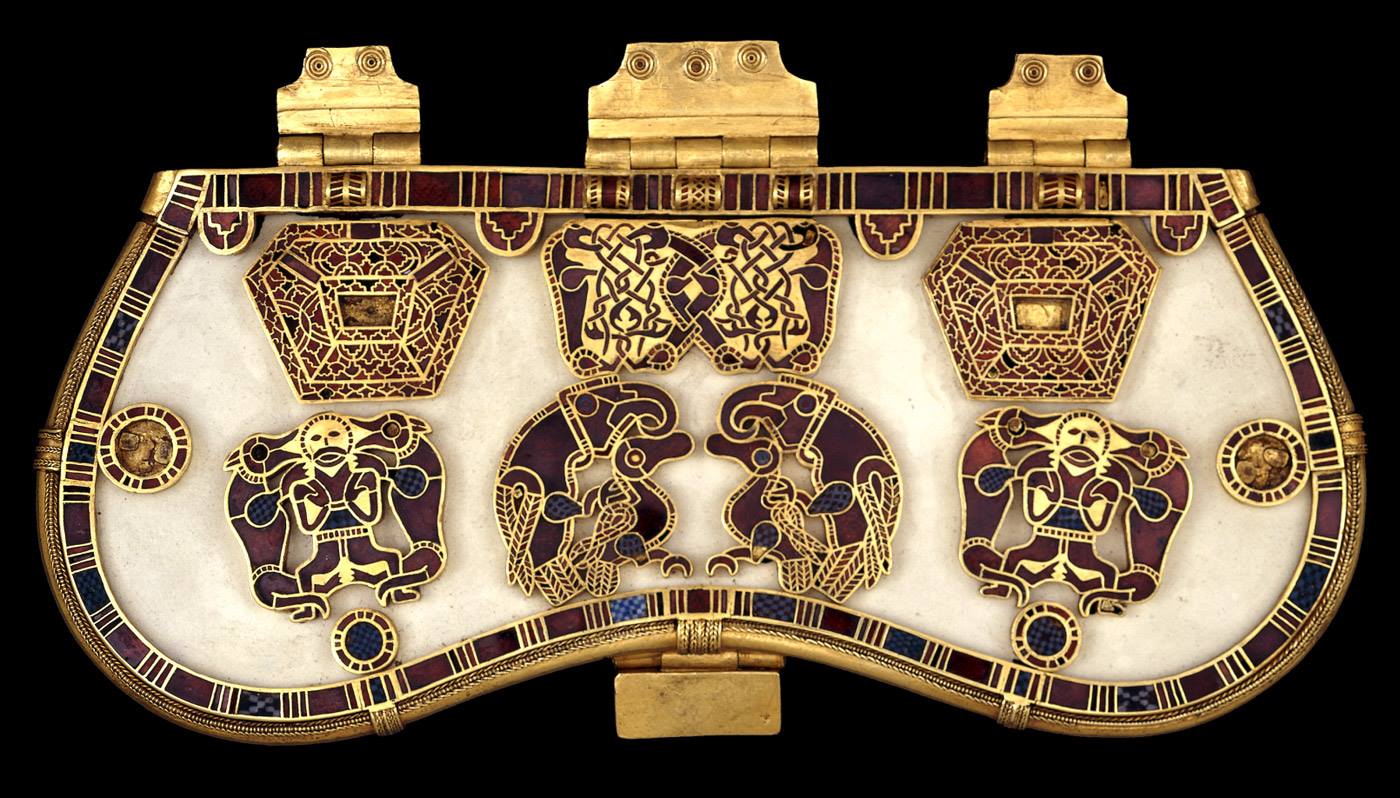

That is precisely the reason.


That is precisely the reason.
Yeah, please don’t get your health information (aka half-truths) from social media. Start with an easily accessible source, e. g.
… and if necessary, research from there.


I get what you mean, but did you consider they might pour enough molten metal into the mold so it overflows each cavity along the coin tree, with the whole patterned area becoming one side of the coin?
Except for those people with crippling ADHD, who never get to build a career, have trouble maintaining meaningful relationships and succumb to the overhead and additional stress of having to try life on hard mode.
Let’s not pretend those people don’t exist or that ADHD is not a problem for adults any longer, in particular in places where healthcare is not readily accessible.

I was wondering what the old reverse engineer had to say about eating pussy, but yeah, that makes sense.


I mean, it’s Vinegar Syndrome. They should be doing exactly that.
I love this template
… ᵃⁿᵈ ᵐᵉᵗʰ


Yes, but many things can be mapped to “language”, let’s say a grammar describing state machines, so it can be used to generate control actions.
Transformer models etc. are not only useful for conversational AI and translations.
I’d be fine with the approach as part of research advancing the field, but unfortunately, that’s not what we’re seeing.

The original paper might have other issues, e. g. https://statmodeling.stat.columbia.edu/2022/01/07/pnas-gigo-qrp-wtf-approaching-the-platonic-ideal-of-junk-science/
But I’m not here to discuss effect size or quality of sources, I think it is much more important to understand that there is no good proof that nudging enables people to make good, lasting changes, while at the same time offering policymakers an easy and cheap way out of applying uncontested, proven methods that would be a lot more beneficial.

Given that you quoted from the last paper, there was a response from Maier et al. to that paper explicitly, correcting for publication bias and finding no effect when “nudging”:

The papers are listed at the bottom of the screenshot you posted, I agree it’s badly formatted so not immediately obvious / visible.
However, I can provide sources later on, I actually still have to get back to another post to provide some papers, but it’ll be a while until I have the time to do that.

No, it doesn’t work - that is exactly the problem. If you don’t want to listen to the podcast (which would be a shame), they list a number of studies in the show notes.
There are a few select cases for which personal nudges work, but only to a miniscule degree which is far less than what the authors claimed. And naturally, proposing nudge theory hinders actual, much more effective, systematic changes that would really benefit people - and that is a major problem.
It’s a face, fake feel good strategy that can be employed to claim improving a given system - like attaching a little plastic string to the plastic cap of your beverage container so companies can claim to have improved the plastic littering problem.

Actually, don’t read the books. The concept is pretty much made up. Here is an entertaining podcast about that:
https://pod.link/1651876897/episode/cc36ce12d2fd1a171630d1733998b414


This is pretty much absolutely true by the way:
https://pubmed.ncbi.nlm.nih.gov/24785997/
Although, to be fair, that was done by Cutter Labs, which sure, had been acquired by Bayer, but to be honest, Cutter Labs was rotten from the start, they were also responsible for the Cutter incident, infecting people with Polio:
Dude, I’m sure you were and hopefully still are a great and well trained cyclist, but it is very unlikely you averaged 50.
Rohan Dennis, Tour de France record holder for fastest stage in the Grand Tour, managed to break the previous UCI one hour record in an inside hall, on a flat plane and achieved 52.491 km:
https://www.theguardian.com/sport/2015/feb/09/rohan-dennis-sets-new-hour-record
If your average was 50, meaning you sometimes surpassed that, you should probably get back on that bike and claim the record.
Many smartphones today have a call screening option where a voice agent asks the caller why they’re calling and messages you the result.
You will be glad to hear that what you describe is also pretty easy to setup.
While capitalism is bad, buying something that makes you happy is okay. Just try to buy ethically and don’t use consumer purchases to trigger dopamine hits.
Sorry, but that’s simply not good advice. Nobody is born with perfect parenting skills and is granted all the answers. In fact, many parents are not fit to raise kids at all, others are simply overwhelmed and need help.
It’s very easy to have a kid, not particularly easy to raise one. The idea that all your decisions are magically correct and sound just because it’s your own kid and that every parent knows best is simply wrong. It’s healthy to doubt yourself and to ask for advice.
Also, parenting science is not quackery. This is an actively researched area and there are real scientific efforts to better understand child development with respect to biology, psychology and neuroscience. These efforts do lead to a better understanding of how kids can be raised and how certain parental decisions might affect a child.
Personally, I’m happy each time parents try to inform themselves and seek the advice of others. That doesn’t necessarily mean relying on the answers a bunch of strangers give on social media, but I hope the Fediverse as a whole can do better.
Right now, I can’t make the claims you did in your post initially.
You’re not causing permanent damage to a child by letting them sleep in your bed.
I wouldn’t know that. Intuitively, I do believe that co-sleeping would have a lot of benefits up to a certain age, after the infant stage and dangers of SIDS have passed. However, I could easily imagine that there might be adverse effects after a certain age. Would it be likely to occur after a handful of times? Probably not. Are there any indications on the threshold maybe? Anything to look out for, given the kid might have anything else going on? Maybe. All information I would have on that subject would indeed be anecdotal though, and so in turn pretty useless. Why the dismissal of an honest attempt at getting educated?
I would indeed argue for getting an overview of what science has to say on the matter and then making an individual, informedndecision based on all the additional context I’d have as a parent that I could never cram into a couple of posts on the internet.
Having access to scientific publications, I’ll see if I can provide some material later.


Generally true, but let’s also not forget that the discharge current is limited. For an AA battery, 1A is a typical, safe number, after that, the voltage will drop significantly.
As already mentioned, I’d probably switch to a rechargeable power bank.
Two 18650s and one of those $2 charge PCBs would also be an alternative. 18650s can easily provide 30A from a single cell.
If my limbs would operate using hydraulics, I’d love for my dead body to be repurposed like that. Mount my carcass on a mobile platform and have me grab things from the top shelf while I shed flakes of decaying flesh, constantly surrounded by the scent of rancid fat and formaldehyde. Give me purpose beyond death.